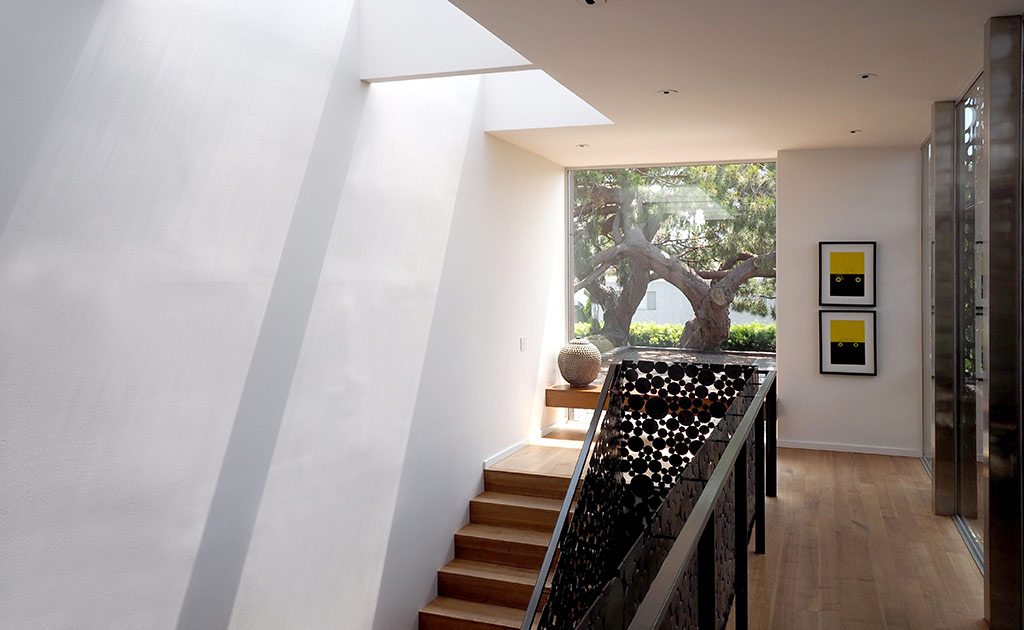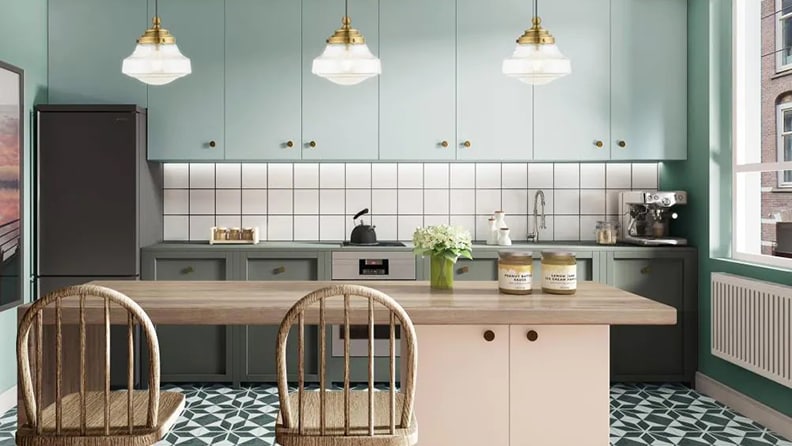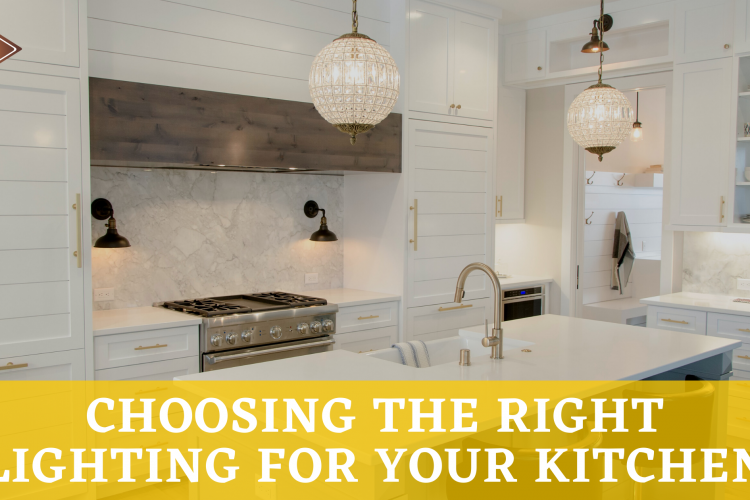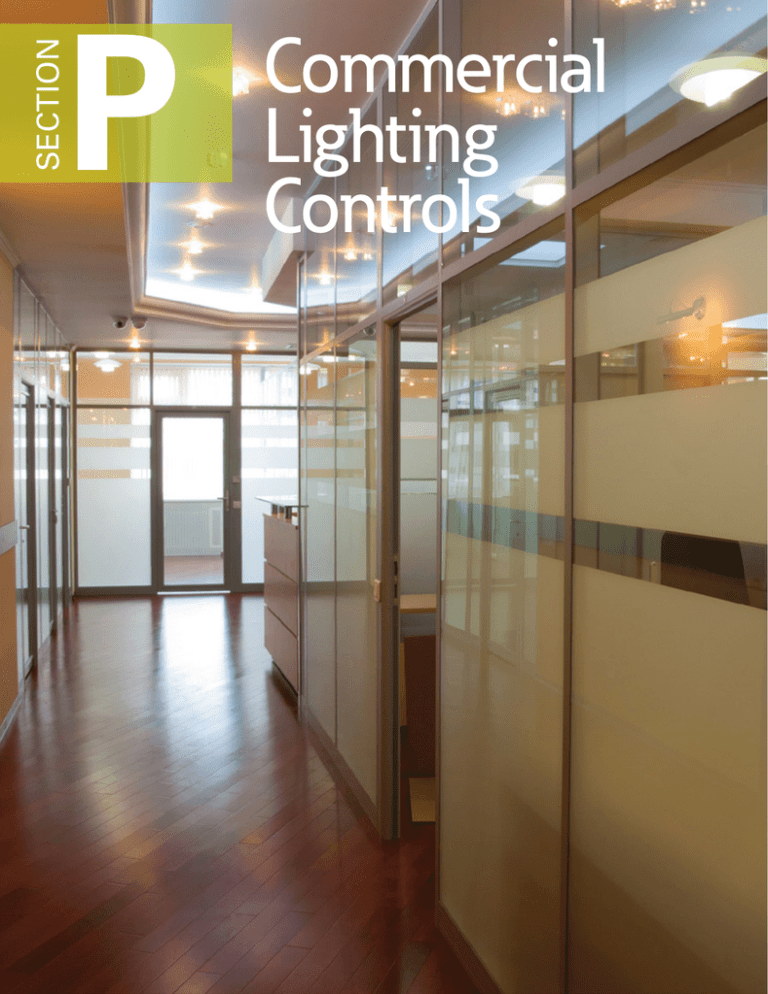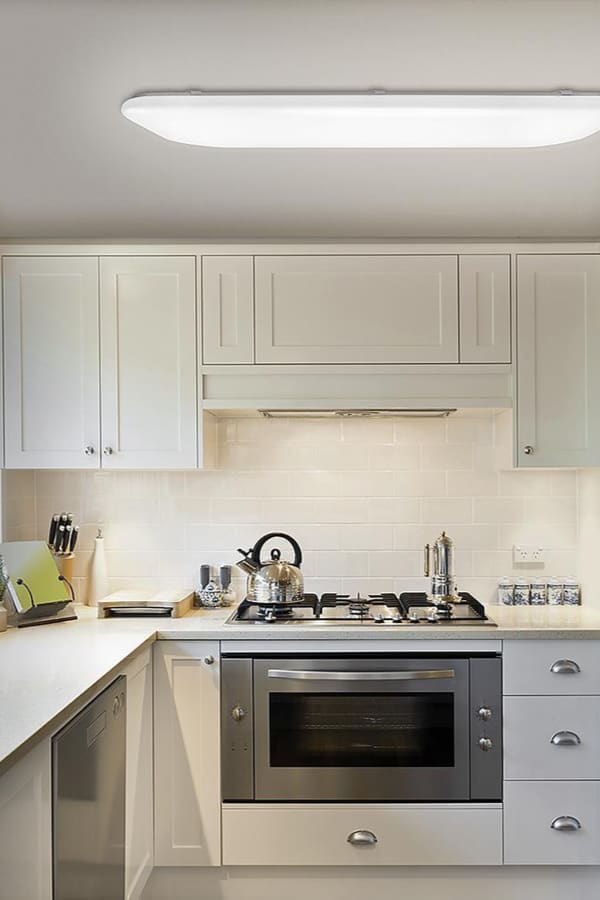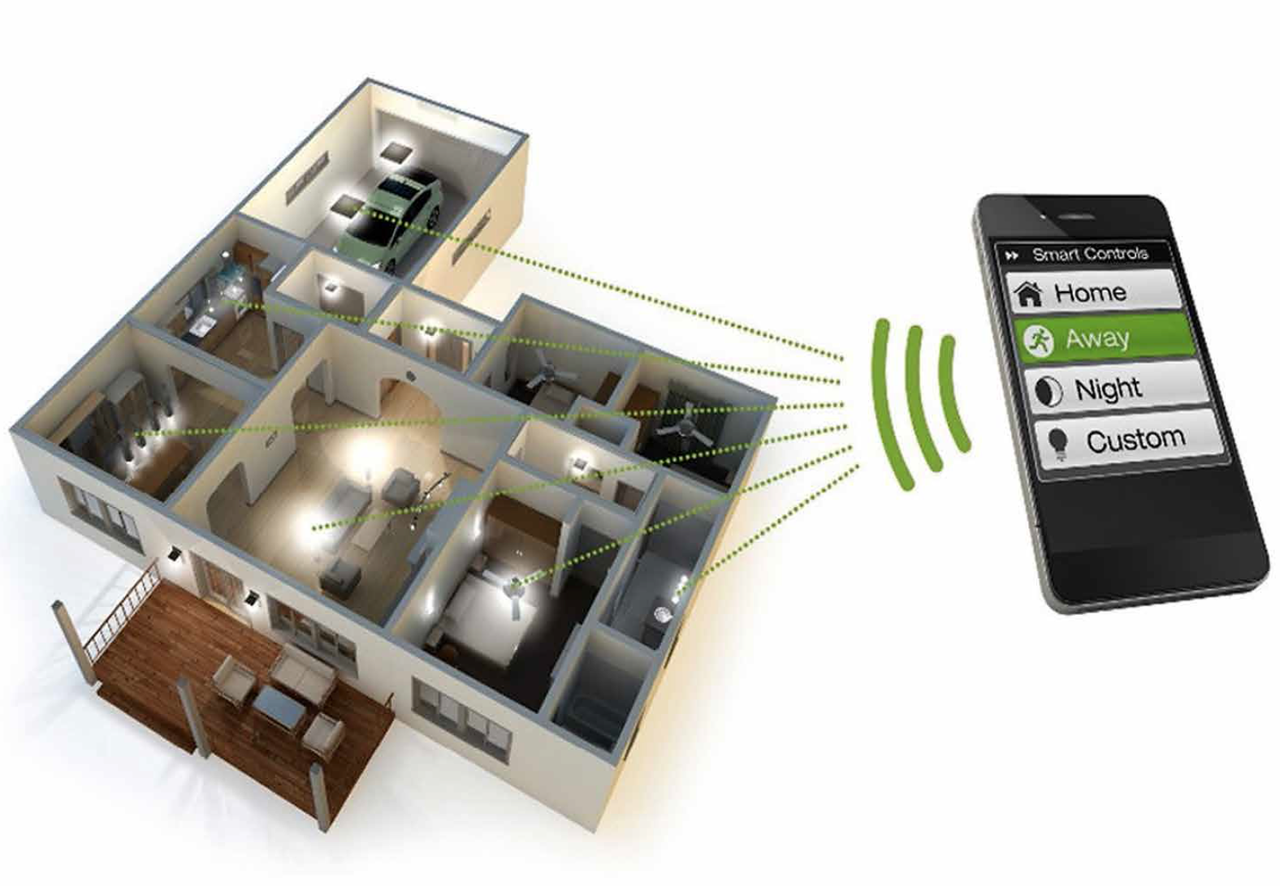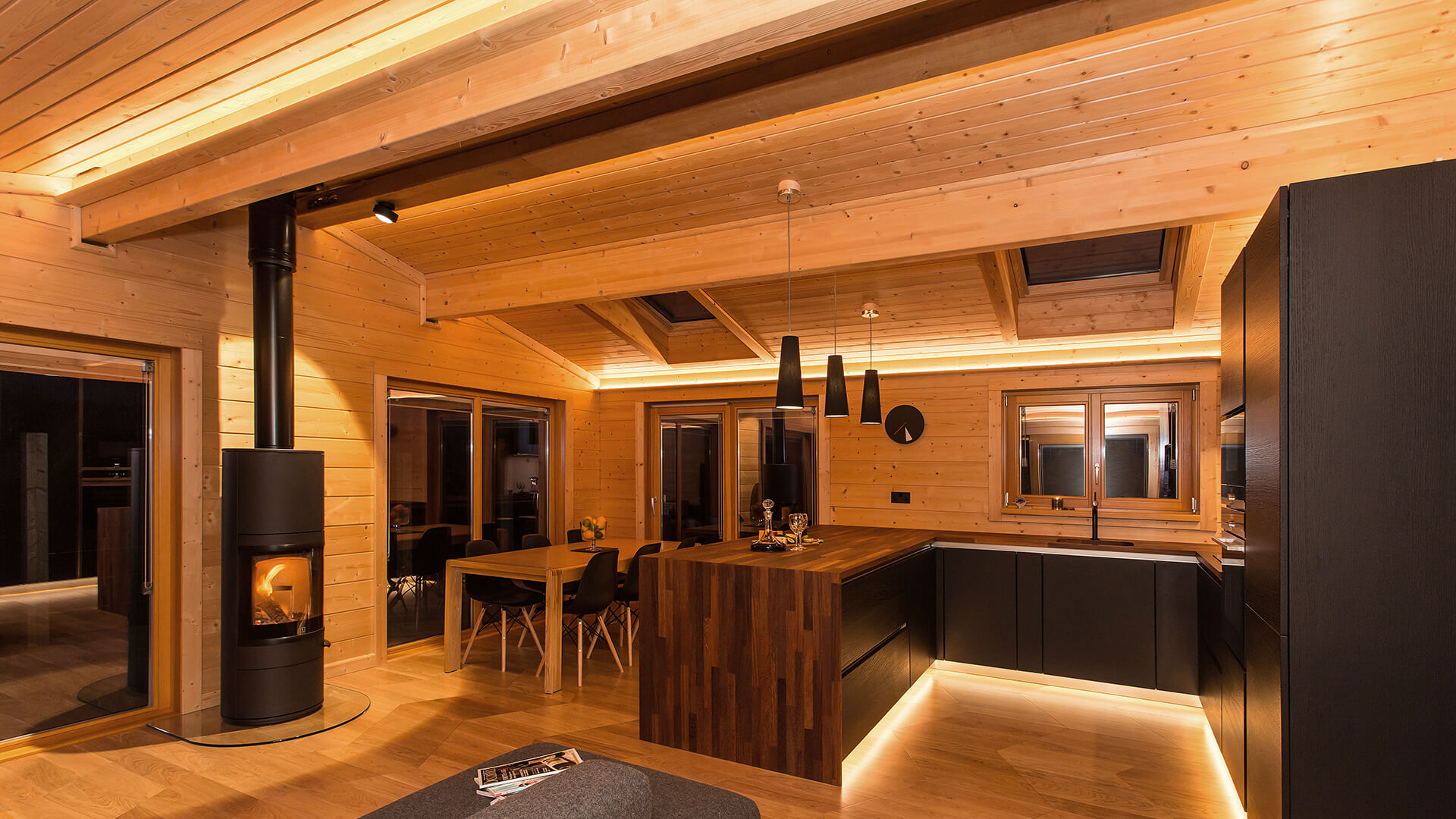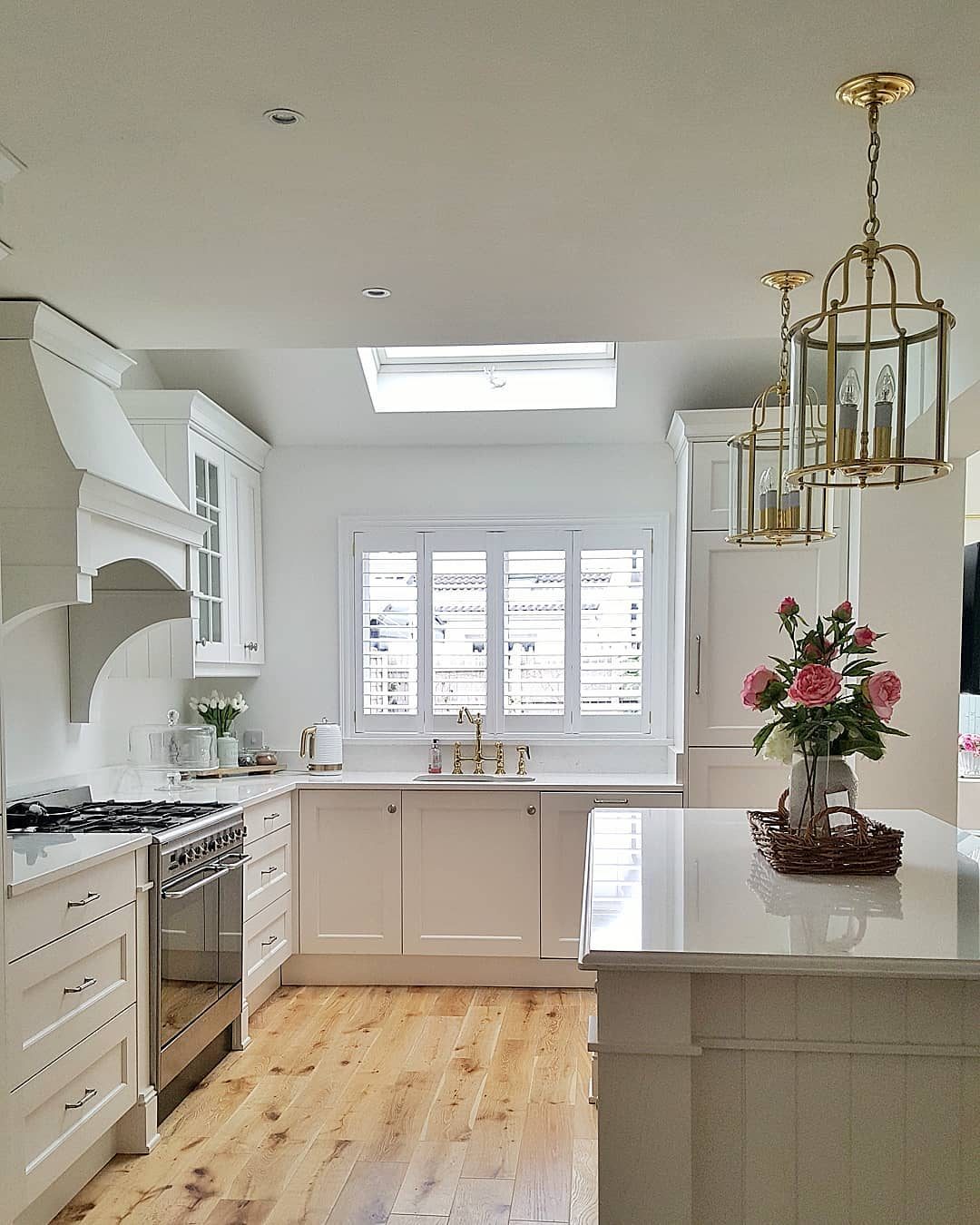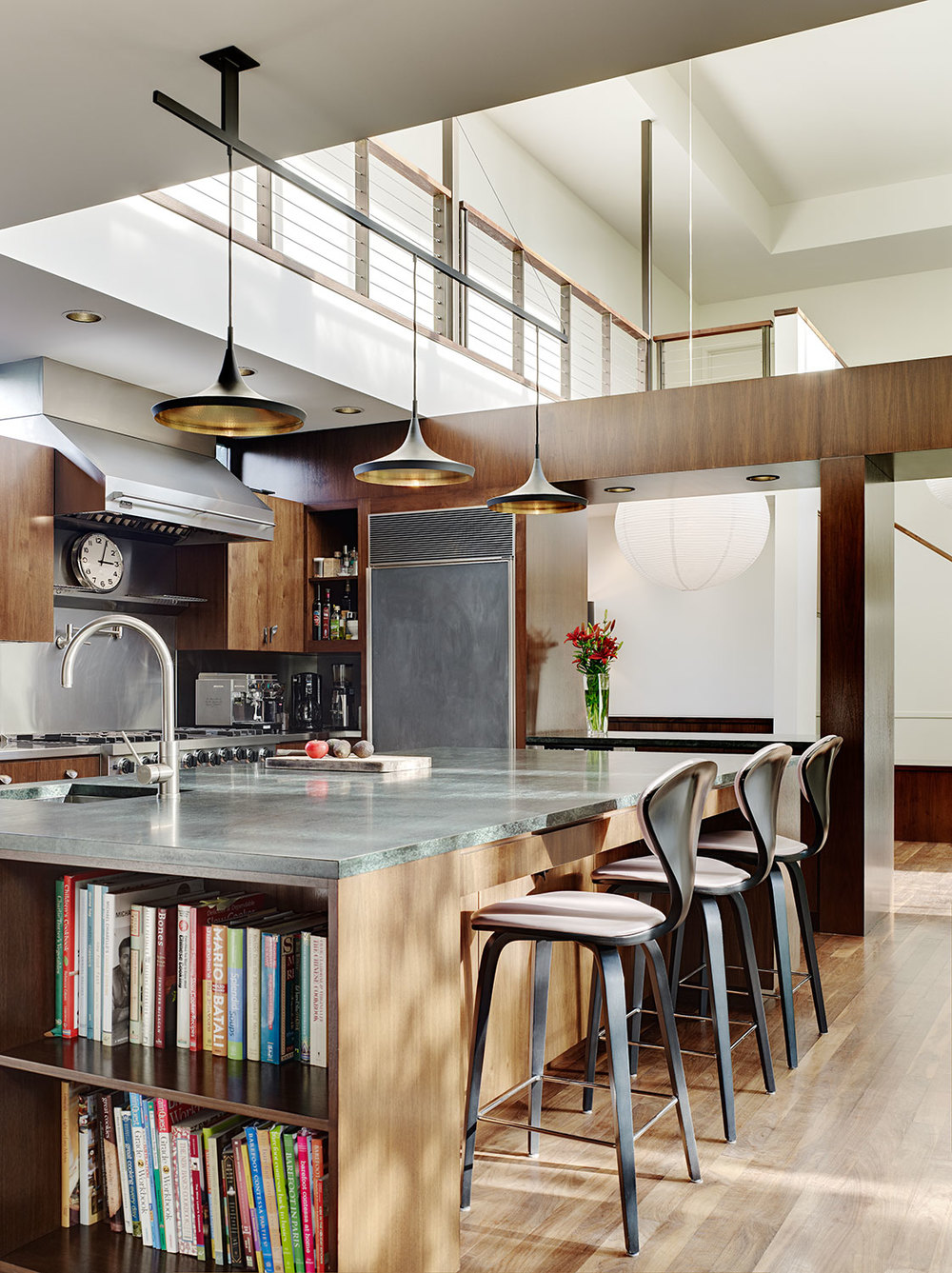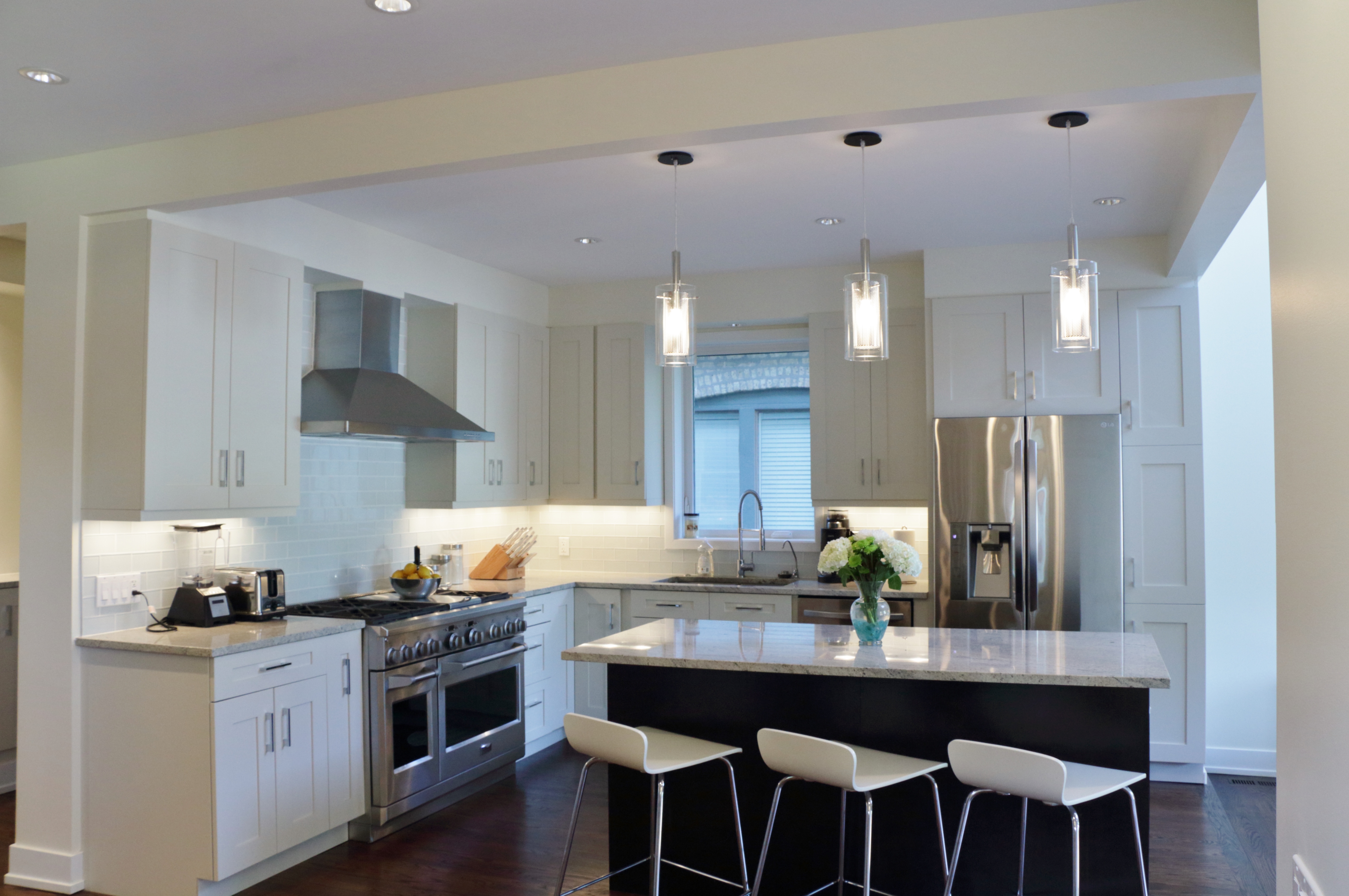One of the key considerations in designing a commercial kitchen is choosing energy-efficient lighting solutions. Not only do these options help to reduce operating costs, but they also have a positive impact on the environment. LED lighting, in particular, is a popular choice for its energy efficiency and long life span.1. Energy-efficient lighting solutions for commercial kitchens
LED lighting offers a variety of benefits for commercial kitchens. In addition to being energy-efficient, LED lights produce less heat and are more durable than traditional lighting options. This makes them ideal for use in busy and high-temperature environments, such as commercial kitchens. LED lights also come in a range of color temperatures, allowing for customizable lighting design to suit the needs of the kitchen.2. LED lighting design for commercial kitchens
Task lighting is essential in commercial kitchen design to ensure the safety and efficiency of the workspace. This type of lighting provides focused illumination on specific work areas, such as food preparation stations and cooking areas. LED strip lights are a popular choice for task lighting in commercial kitchens as they can be easily installed under cabinets and provide bright, targeted light.3. Task lighting for commercial kitchen workspaces
While task lighting is crucial for work areas, ambient lighting is necessary to create an inviting and comfortable atmosphere in the kitchen. This type of lighting can be achieved through the use of overhead fixtures, such as pendant lights or recessed lighting. LED bulbs are a great option for ambient lighting as they offer a warm, natural light and can be dimmable for added control.4. Ambient lighting options for commercial kitchens
Designing a lighting plan for a commercial kitchen involves balancing the need for task and ambient lighting while also considering energy efficiency and budget. It is essential to consider the layout of the kitchen and the type of activities that will be taking place in each area when determining the placement and type of lighting. A well-thought-out lighting plan will enhance the functionality and aesthetic of the kitchen.5. Designing a lighting plan for a commercial kitchen
Natural light is a valuable asset in any commercial kitchen design. Not only does it provide a source of free lighting, but it also creates a more inviting and pleasant atmosphere for employees and customers. To maximize natural light, consider incorporating large windows or skylights in the design. Additionally, using light-colored surfaces and reflective materials can help to bounce natural light throughout the space.6. Maximizing natural light in commercial kitchen design
The type of fixtures used in a commercial kitchen can have a significant impact on the overall lighting design. In addition to LED options, fluorescent and halogen lights are also commonly used in commercial kitchens. When choosing fixtures, it is essential to consider the type of lighting needed, the size and layout of the kitchen, and the budget. Investing in high-quality fixtures can also help to reduce maintenance and replacement costs in the long run.7. Choosing the right fixtures for commercial kitchen lighting
Safety should be a top priority when designing the lighting for a commercial kitchen. This includes ensuring that all fixtures are properly installed and maintained, with no exposed wiring or loose connections. It is also crucial to choose lighting options that are suitable for the high-temperature and humid environment of a kitchen. LED lights are a safe and reliable choice for commercial kitchen lighting due to their low heat emission and durability.8. Safety considerations for commercial kitchen lighting
Lighting controls, such as dimmers and motion sensors, can help to further enhance the energy efficiency of a commercial kitchen. Dimmers allow for adjustable lighting levels, depending on the time of day and amount of natural light available. Motion sensors can be used to turn off lights in unoccupied areas, reducing energy waste. These controls also provide added convenience and safety in a busy kitchen environment.9. Incorporating lighting controls in commercial kitchen design
As with any design element, commercial kitchen lighting trends are constantly evolving. One popular trend is incorporating decorative lighting fixtures, such as chandeliers or pendant lights, to add a touch of style to the kitchen. Another trend is the use of color-changing LED lights, which can create a dynamic and customizable atmosphere in the kitchen. Additionally, incorporating smart lighting technology, such as voice-controlled lighting, is gaining popularity in commercial kitchen design.10. Trends in commercial kitchen lighting design
The Importance of Proper Commercial Kitchen Lighting Design

The Role of Lighting in Commercial Kitchens
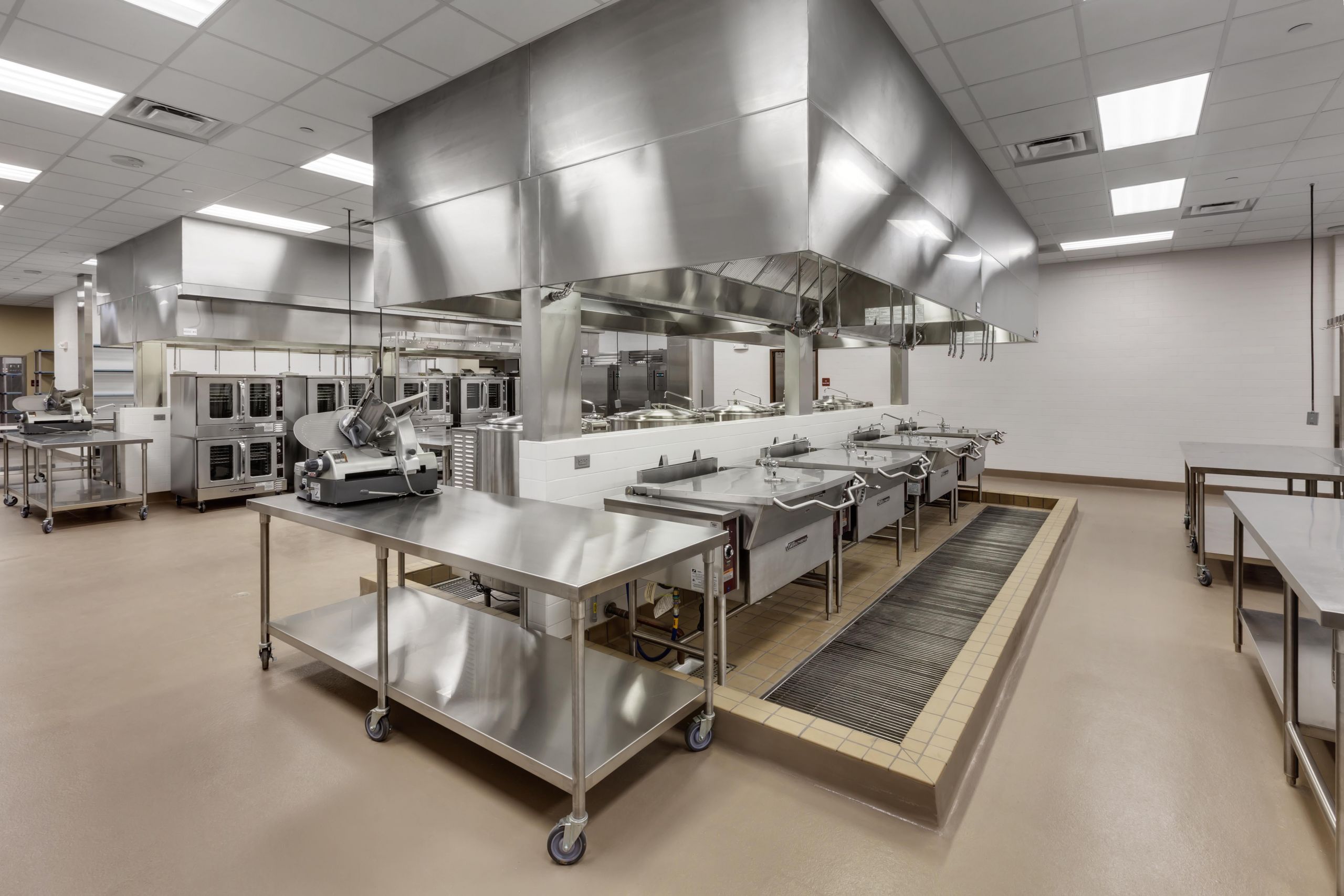 When it comes to designing a commercial kitchen, lighting is often an overlooked aspect. However, proper lighting design is crucial for the functionality, safety, and efficiency of a commercial kitchen. Not only does it affect the overall aesthetics of the space, but it also plays a significant role in the daily operations of the kitchen.
Commercial kitchens
are high-traffic and high-stress environments, with a lot of activity happening at once. From food preparation to plating and cleaning, each task requires different levels of lighting. Without proper lighting, chefs and kitchen staff may struggle to see clearly, which can lead to accidents and mistakes. This can not only affect the quality of the food being prepared but also the safety of the staff and customers.
When it comes to designing a commercial kitchen, lighting is often an overlooked aspect. However, proper lighting design is crucial for the functionality, safety, and efficiency of a commercial kitchen. Not only does it affect the overall aesthetics of the space, but it also plays a significant role in the daily operations of the kitchen.
Commercial kitchens
are high-traffic and high-stress environments, with a lot of activity happening at once. From food preparation to plating and cleaning, each task requires different levels of lighting. Without proper lighting, chefs and kitchen staff may struggle to see clearly, which can lead to accidents and mistakes. This can not only affect the quality of the food being prepared but also the safety of the staff and customers.
Key Considerations for Commercial Kitchen Lighting Design
 When designing the lighting for a commercial kitchen, there are several important factors to consider.
Lighting intensity
is crucial in a commercial kitchen. The lighting should be bright enough to illuminate work areas without causing glare or shadows. Task lighting, such as under-cabinet lights or pendant lights above workstations, can provide focused and direct lighting for specific tasks.
Energy efficiency
is also a key consideration in commercial kitchen lighting design. With the high energy usage of commercial kitchens, it's important to choose energy-efficient lighting options to reduce operating costs. LED lights are a popular choice for commercial kitchens as they are long-lasting and use less energy than traditional fluorescent or incandescent bulbs.
Lighting placement
is another important factor in commercial kitchen lighting design. The placement of lights should be strategic, ensuring that all areas of the kitchen are properly illuminated. This includes not only work areas but also storage areas, walkways, and cooking equipment.
When designing the lighting for a commercial kitchen, there are several important factors to consider.
Lighting intensity
is crucial in a commercial kitchen. The lighting should be bright enough to illuminate work areas without causing glare or shadows. Task lighting, such as under-cabinet lights or pendant lights above workstations, can provide focused and direct lighting for specific tasks.
Energy efficiency
is also a key consideration in commercial kitchen lighting design. With the high energy usage of commercial kitchens, it's important to choose energy-efficient lighting options to reduce operating costs. LED lights are a popular choice for commercial kitchens as they are long-lasting and use less energy than traditional fluorescent or incandescent bulbs.
Lighting placement
is another important factor in commercial kitchen lighting design. The placement of lights should be strategic, ensuring that all areas of the kitchen are properly illuminated. This includes not only work areas but also storage areas, walkways, and cooking equipment.
The Benefits of Proper Commercial Kitchen Lighting Design
 Investing in proper lighting design for a commercial kitchen can bring numerous benefits to the space. Not only does it improve the functionality and safety of the kitchen, but it also enhances the overall ambiance and aesthetics of the space. Well-lit kitchens can also boost staff productivity and morale, making for a more efficient and enjoyable work environment.
In conclusion, proper lighting design is essential for a well-functioning and efficient commercial kitchen. By considering factors such as lighting intensity, energy efficiency, and placement, you can create a well-lit and functional space that will benefit both your staff and customers. Don't overlook the importance of lighting in your commercial kitchen design – it can make all the difference.
Investing in proper lighting design for a commercial kitchen can bring numerous benefits to the space. Not only does it improve the functionality and safety of the kitchen, but it also enhances the overall ambiance and aesthetics of the space. Well-lit kitchens can also boost staff productivity and morale, making for a more efficient and enjoyable work environment.
In conclusion, proper lighting design is essential for a well-functioning and efficient commercial kitchen. By considering factors such as lighting intensity, energy efficiency, and placement, you can create a well-lit and functional space that will benefit both your staff and customers. Don't overlook the importance of lighting in your commercial kitchen design – it can make all the difference.










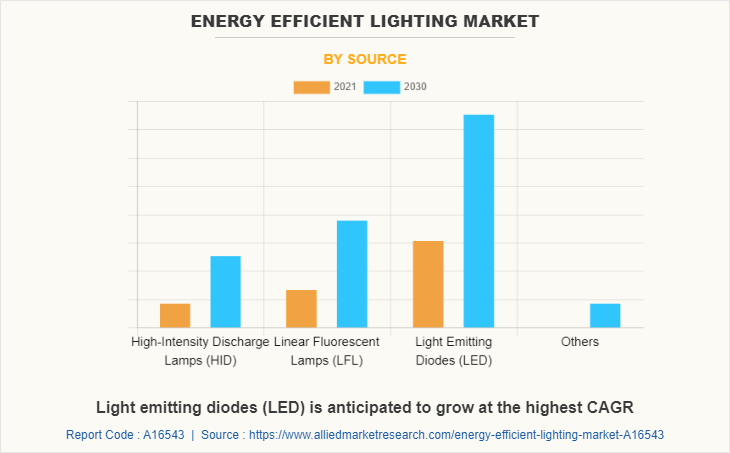





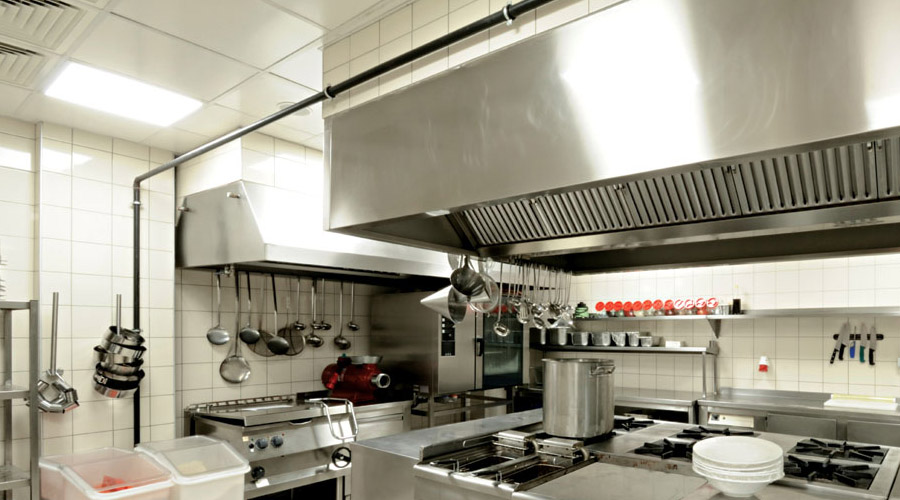
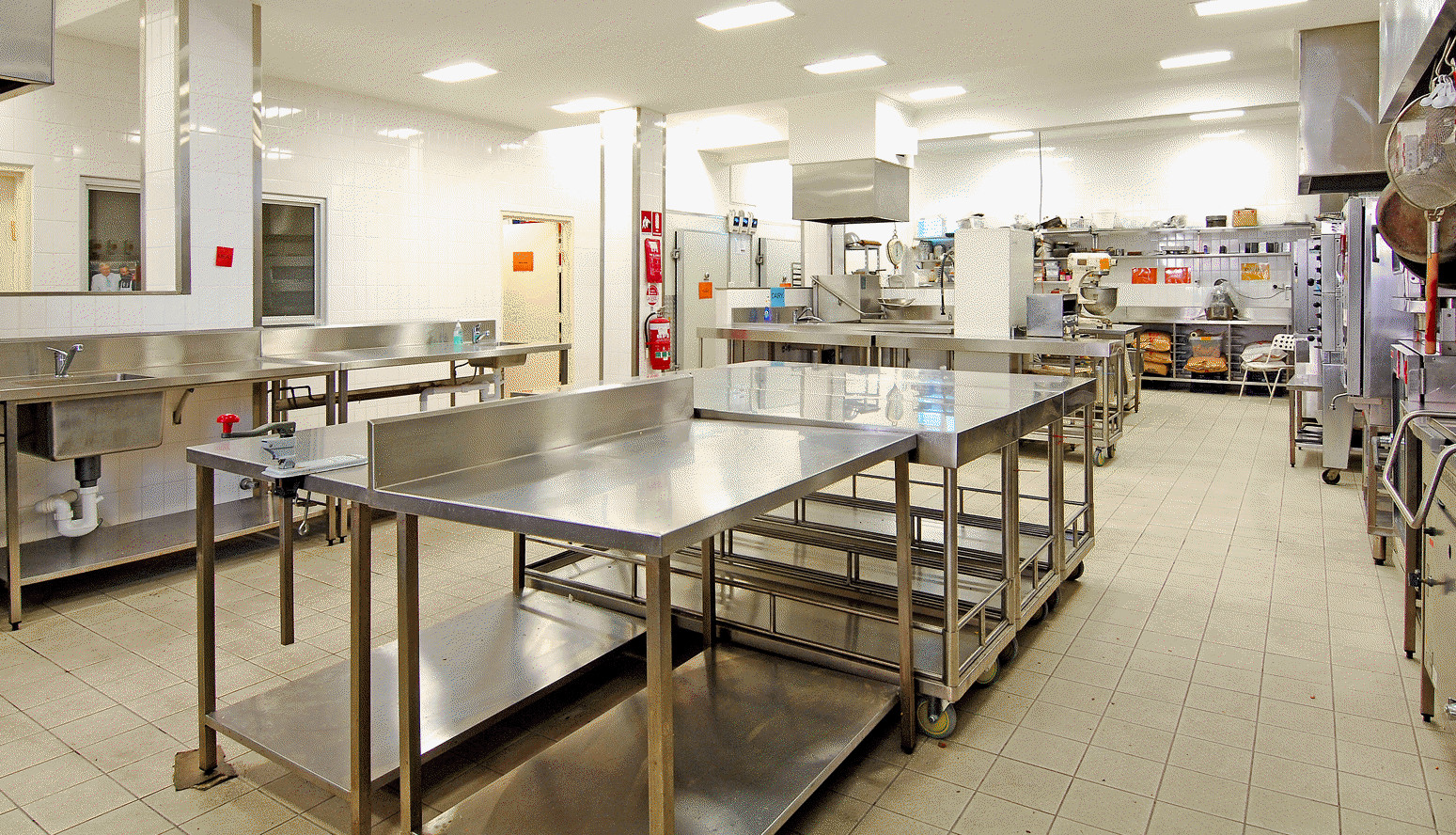
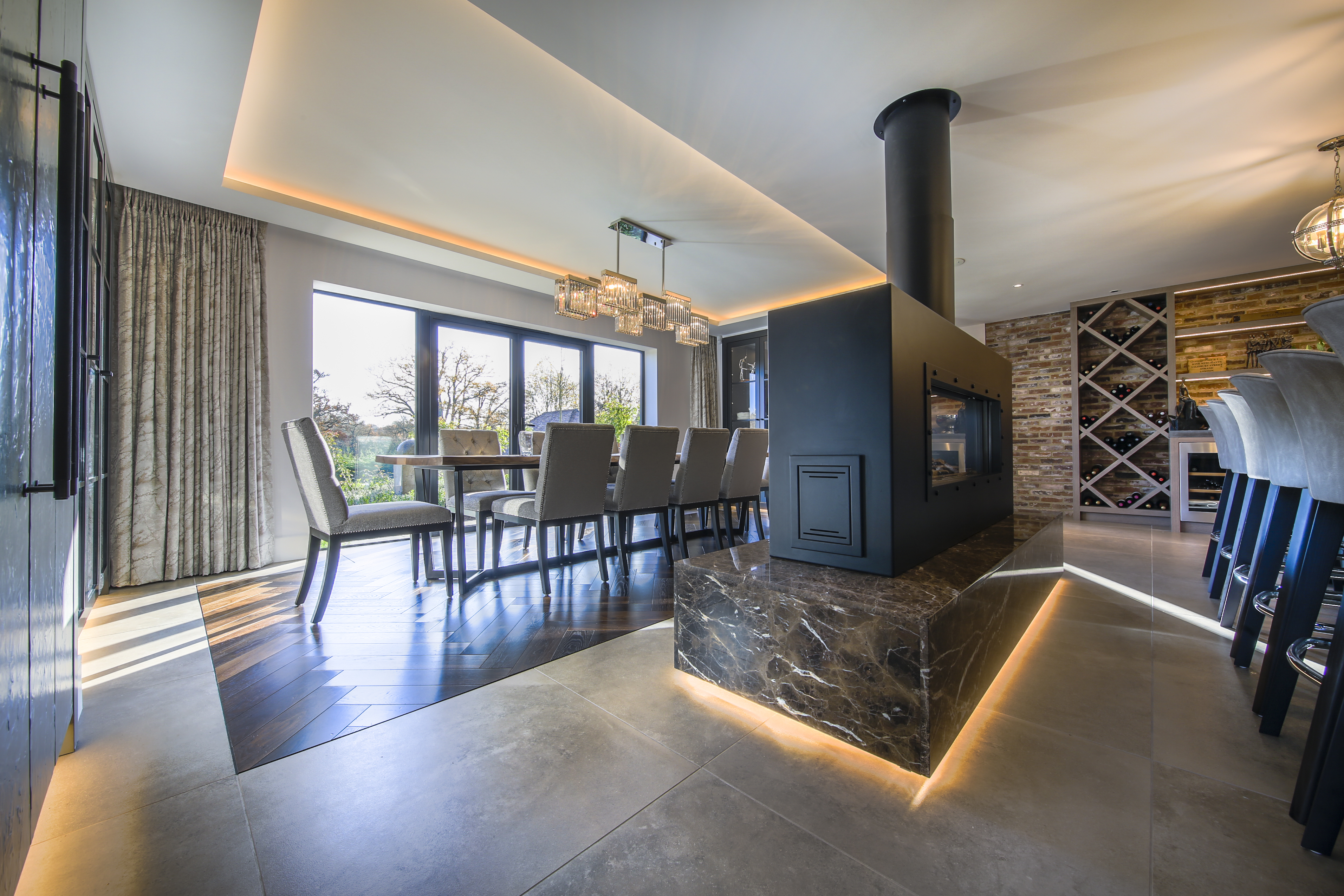
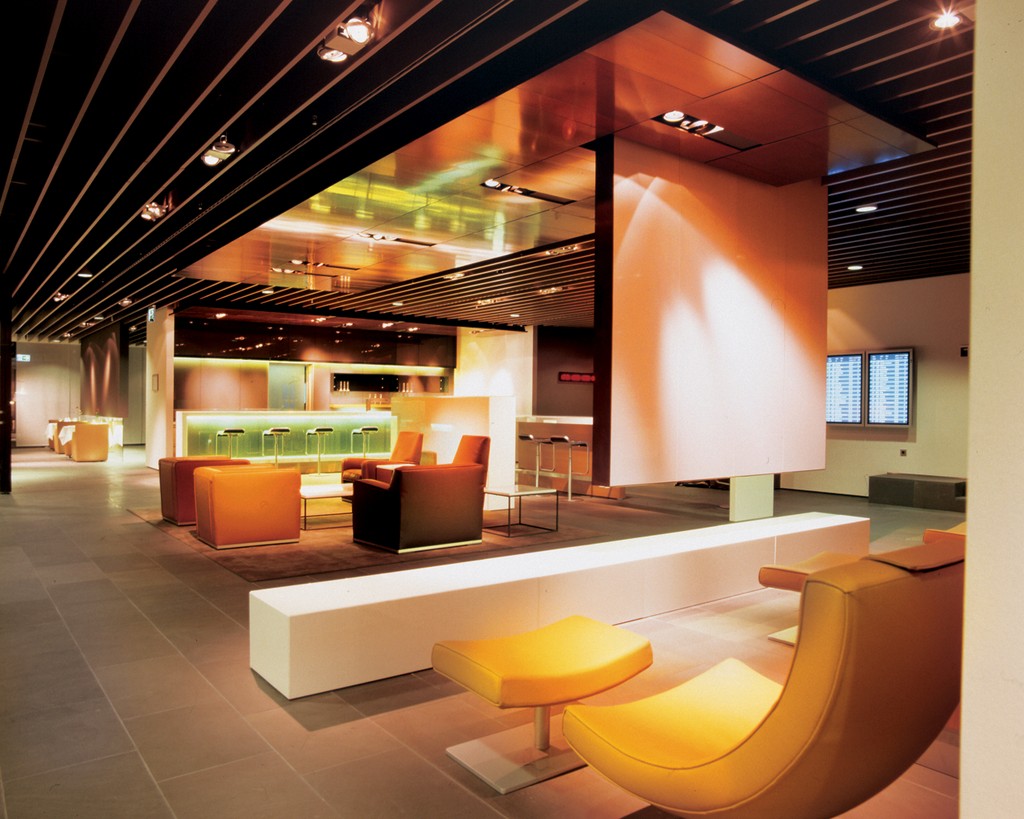
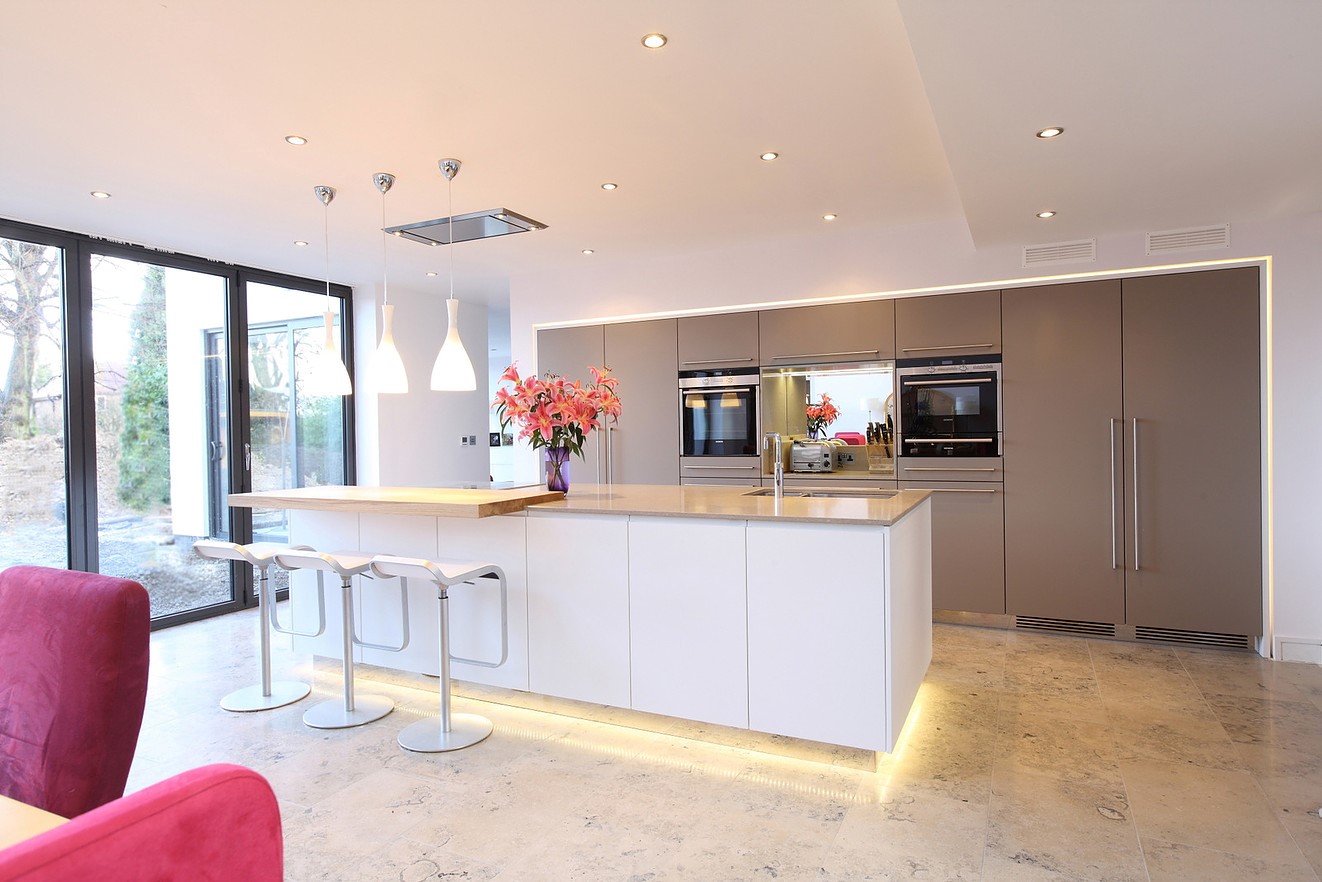

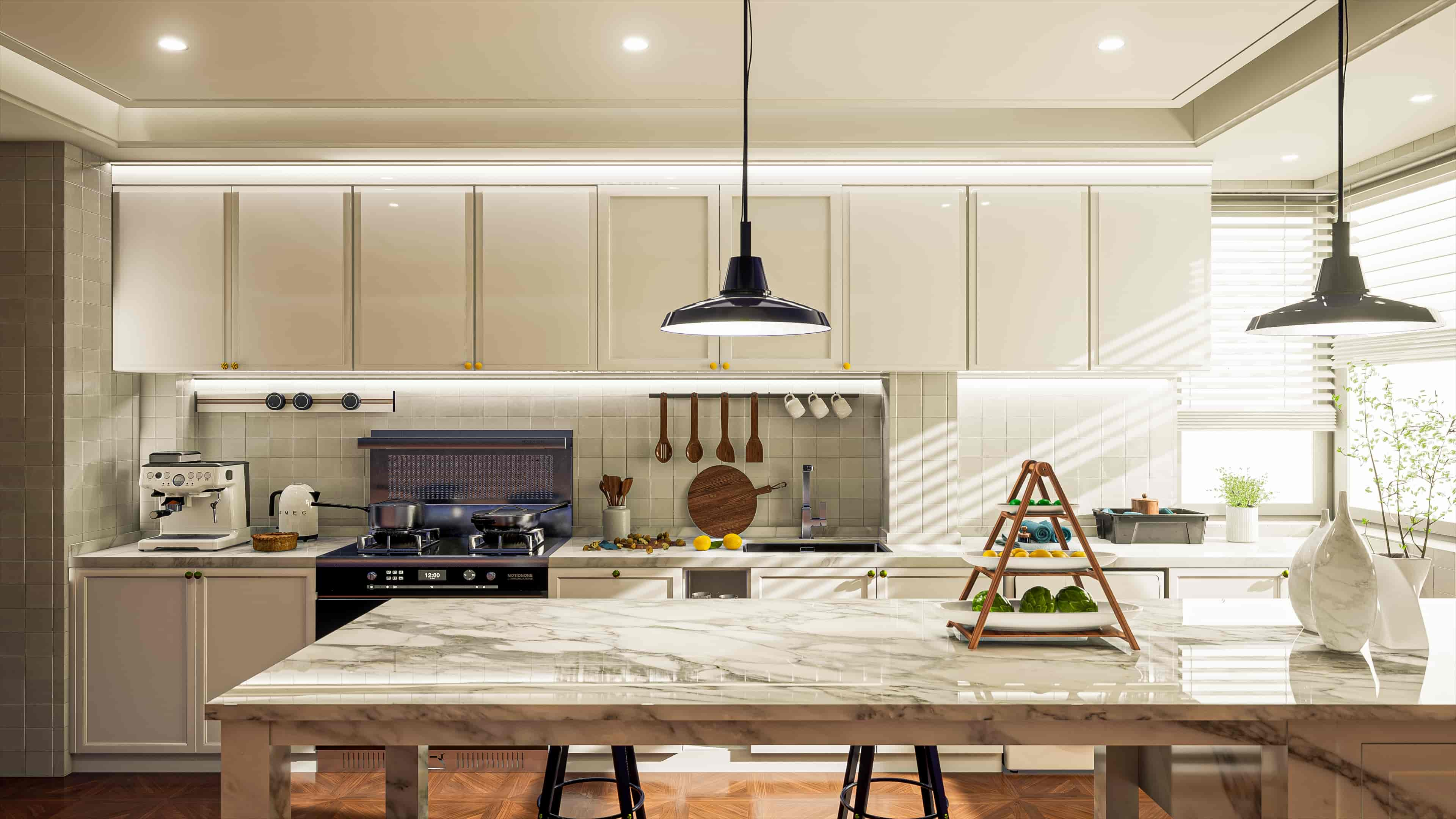




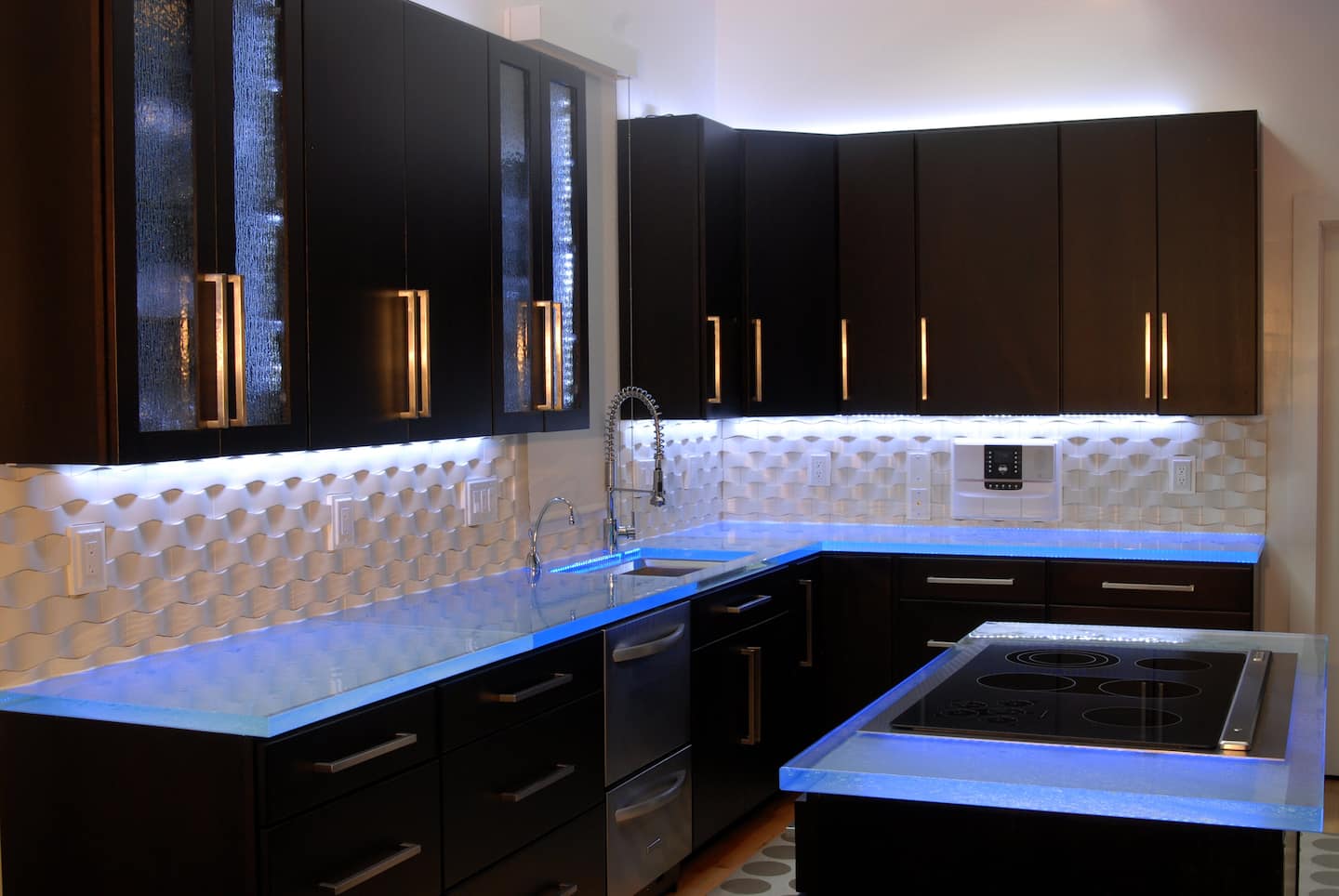
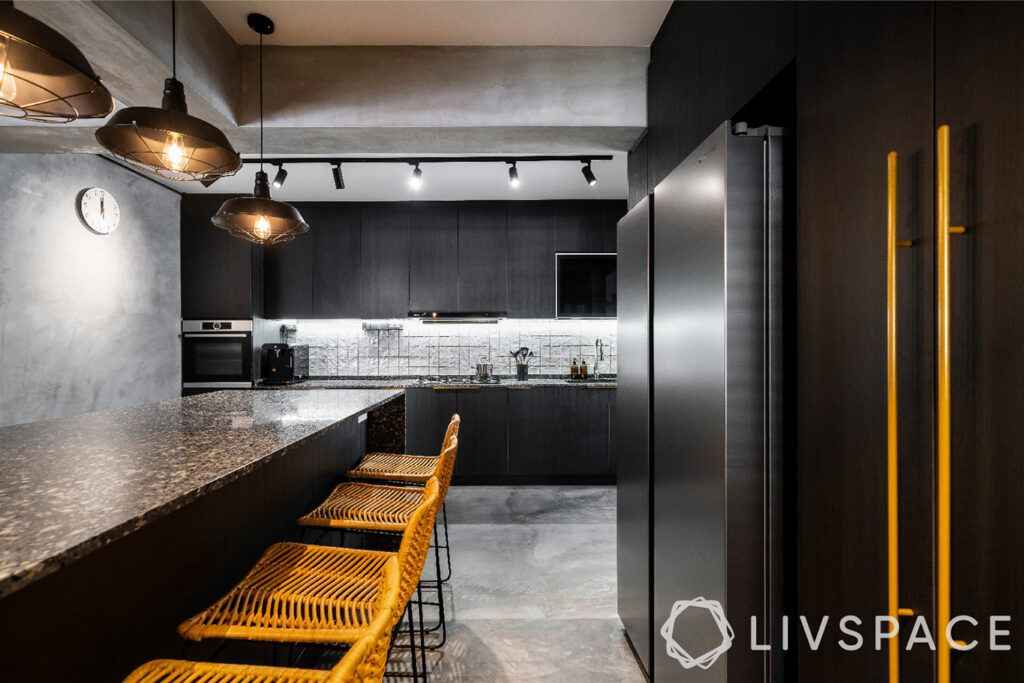



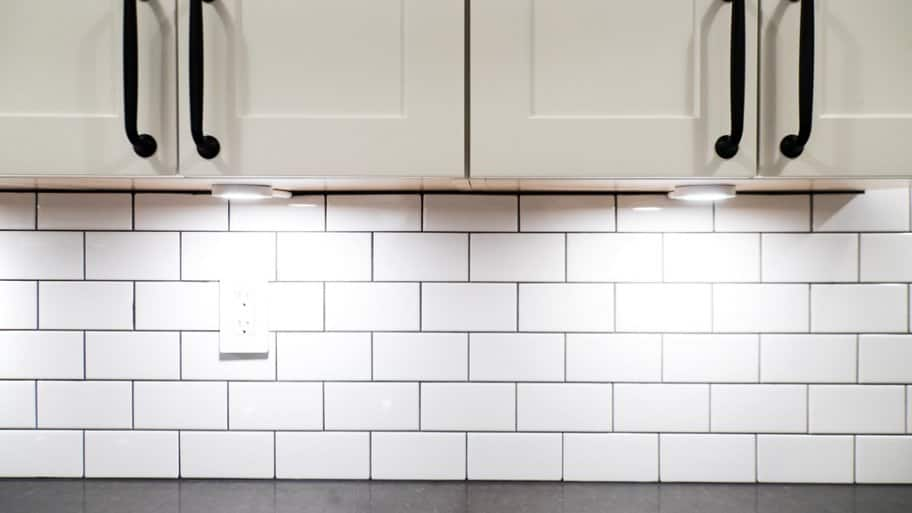




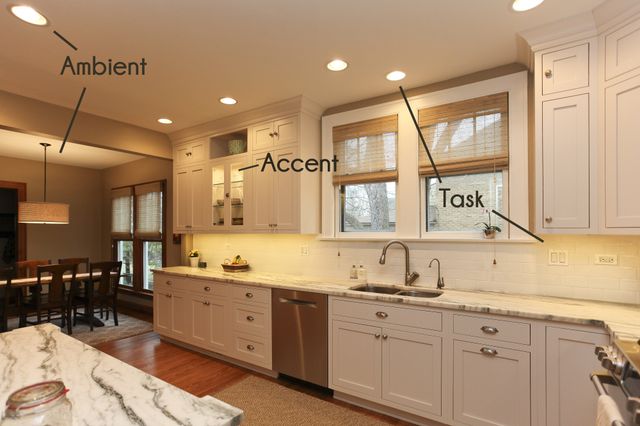
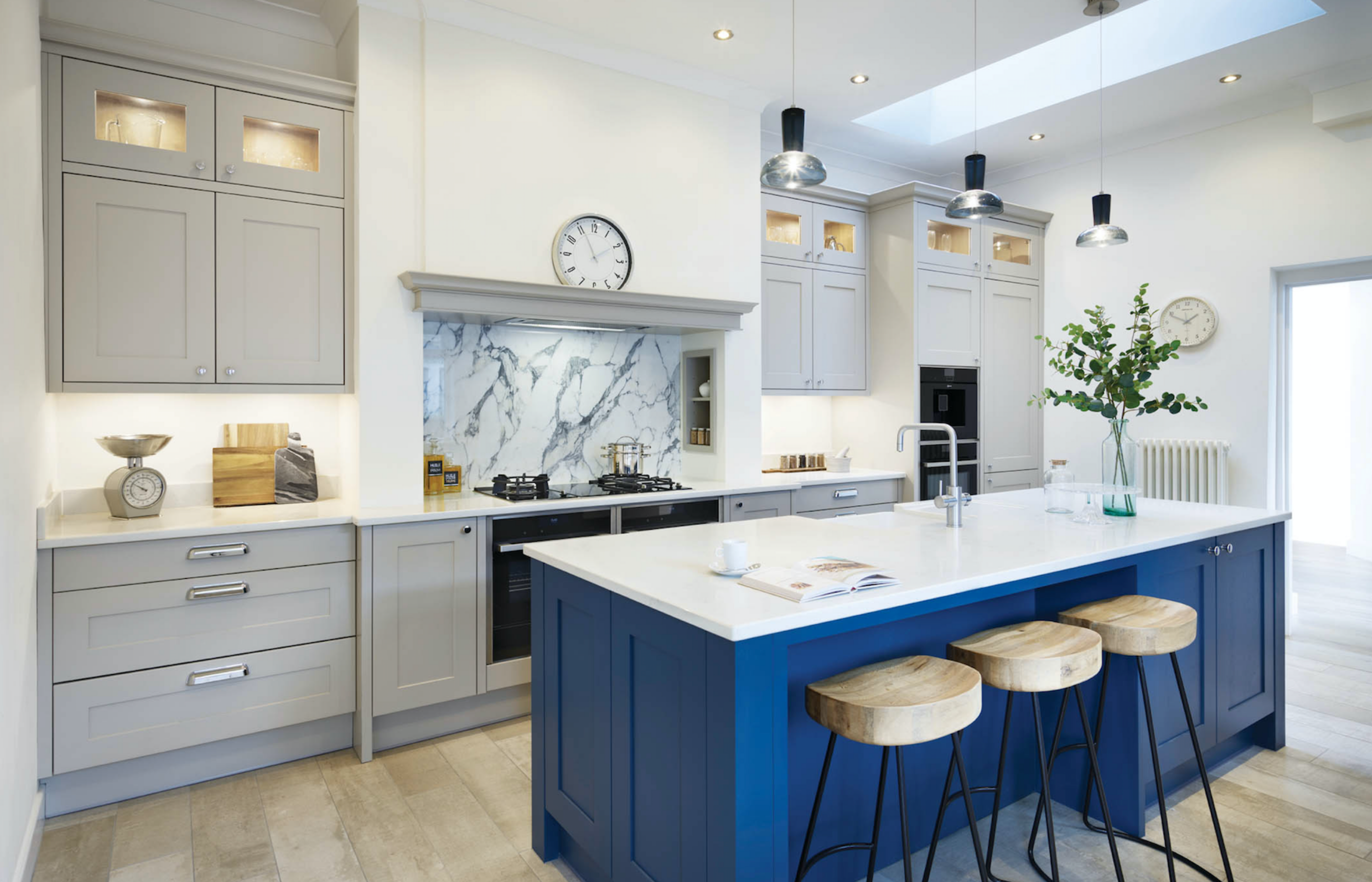



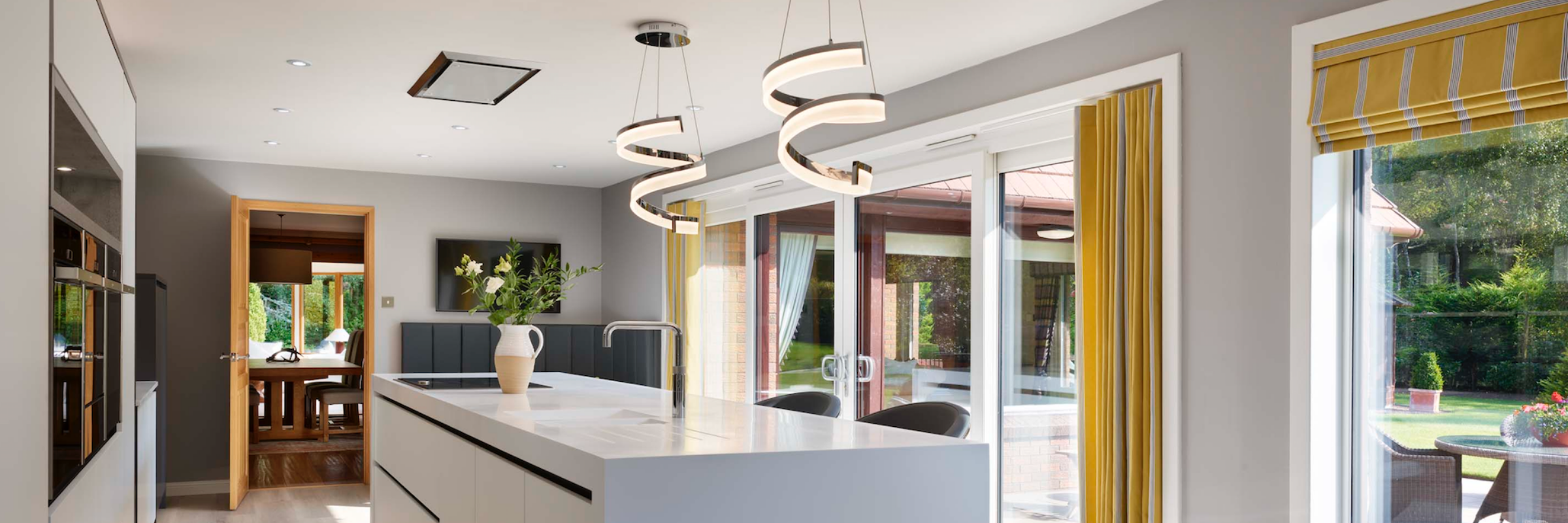

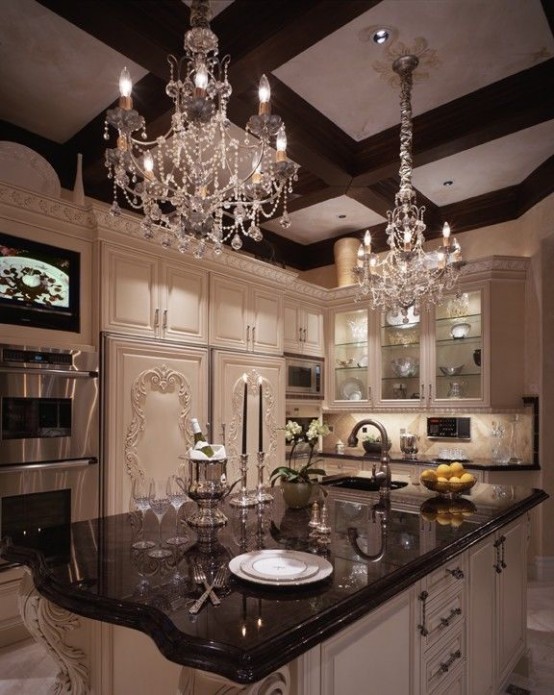



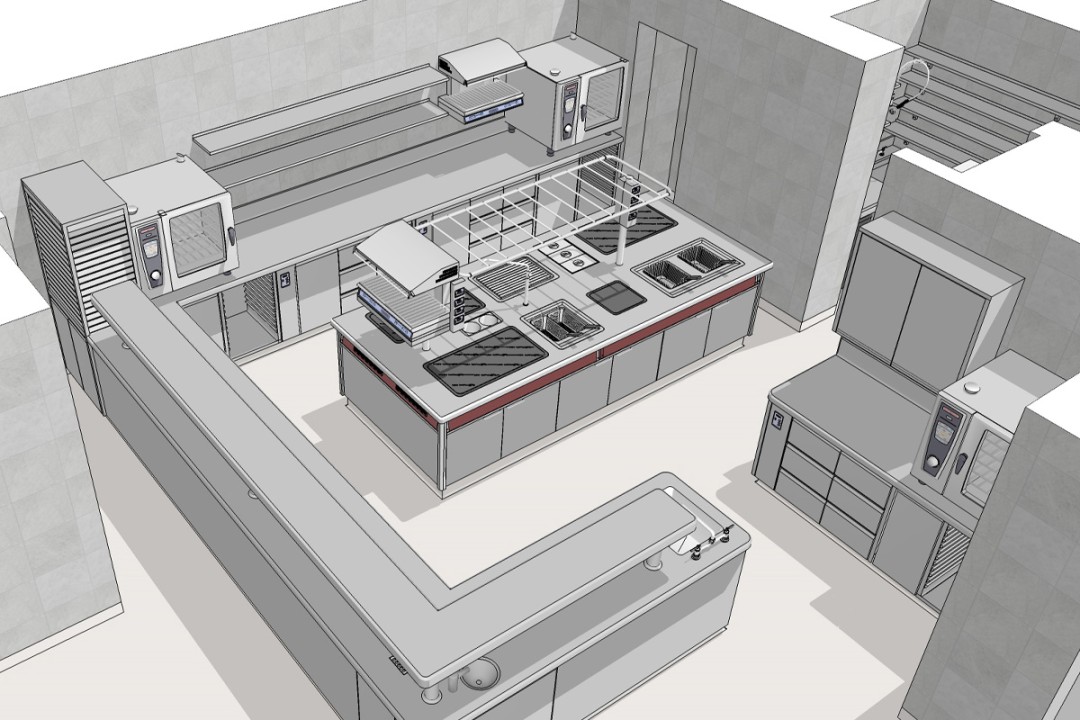

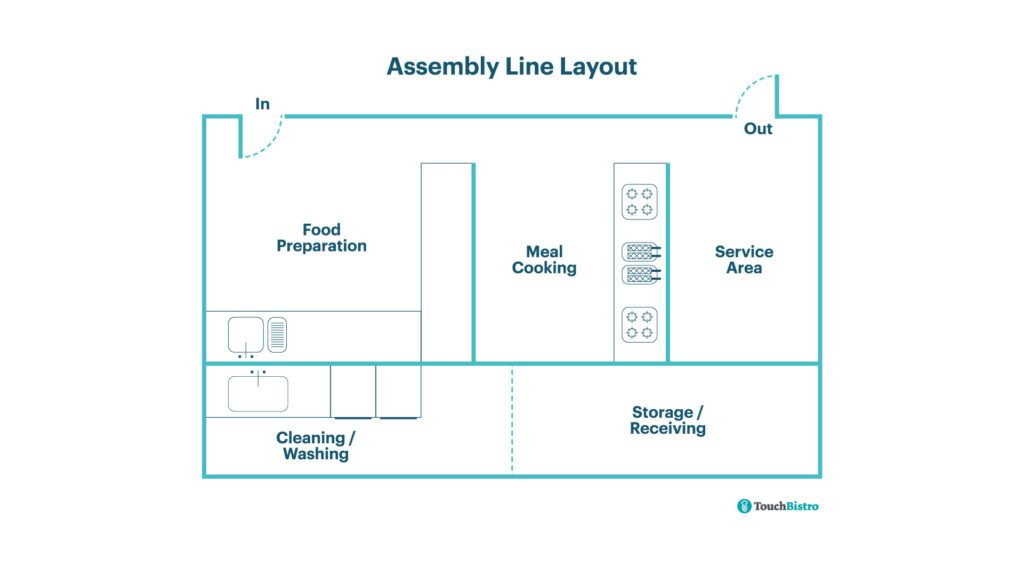
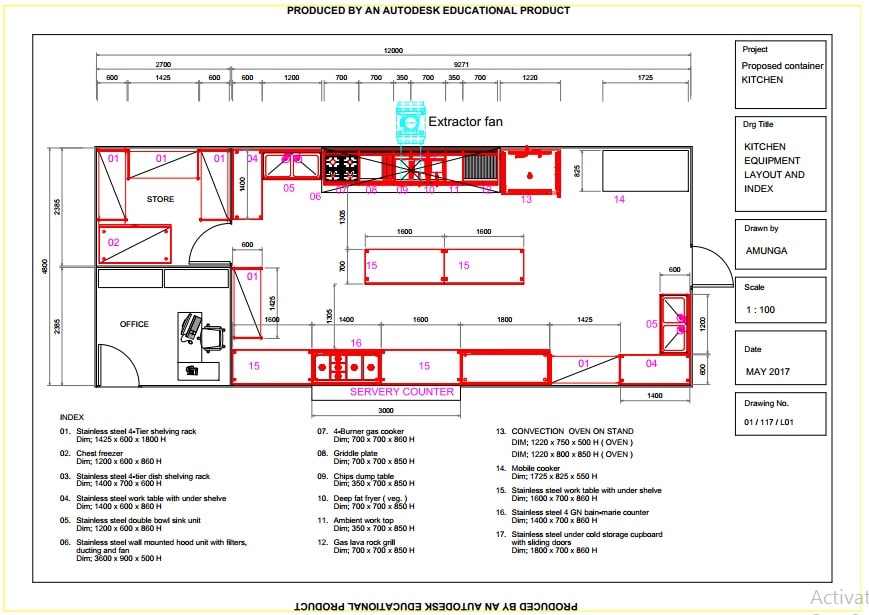

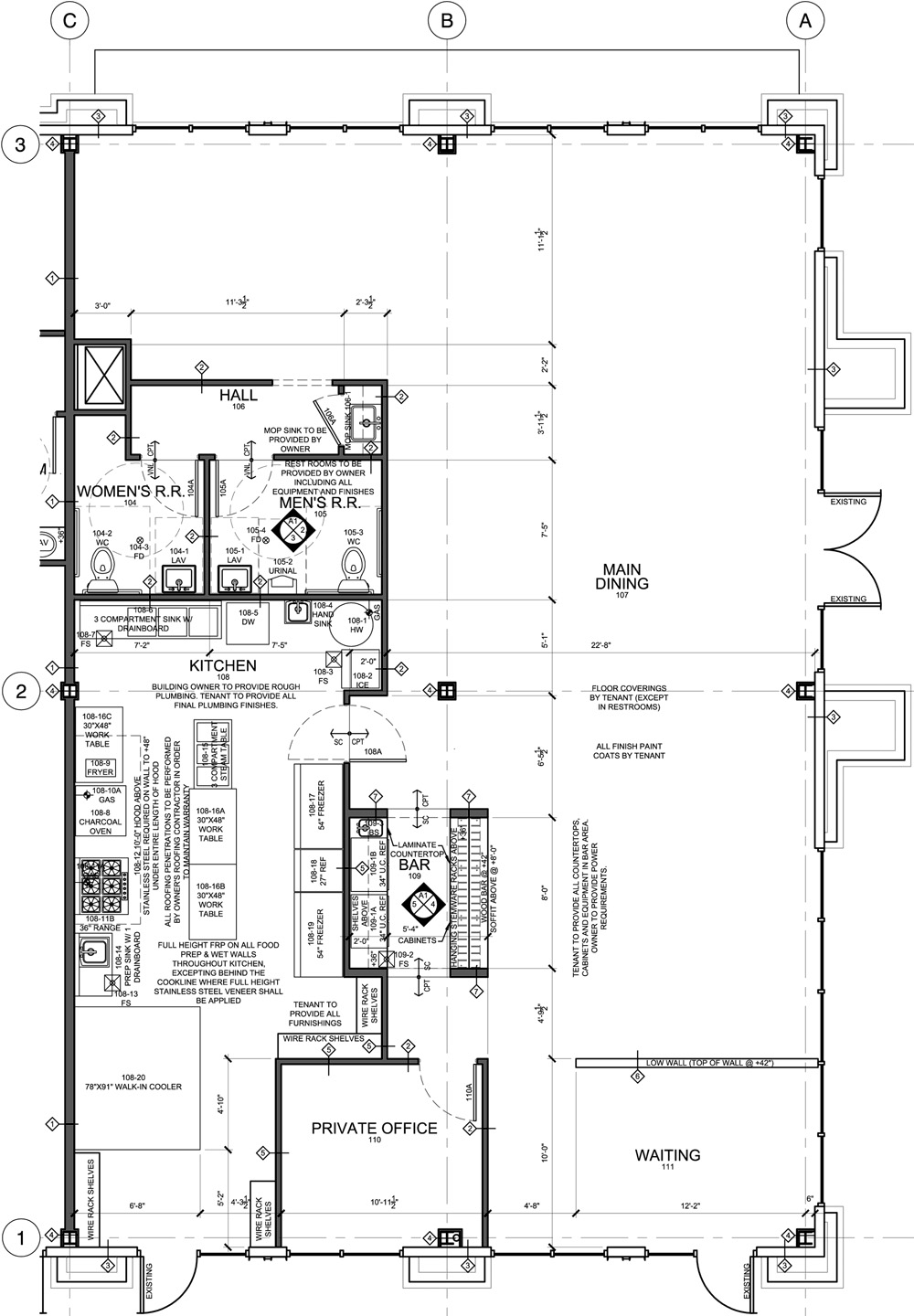




-p-1080.png)

